The second master of game design is Hideo Kojima: let’s explore the life of a legend with a “body made up of seventy percent from films”
We are an Italian videogame magazine: it could never be missing, in a series of specials devoted to the most important figures of the game designdirector Hideo Kojima? We call him “director” because he too would like it that way, after all: Hollywood and his influence are the main motivations behind what we could define as an approach to videogame architecture diametrically opposite as seen with Shigeru Miyamoto. How opposite? He tells us so himself. “When you play my games, it’s not for fun or for lack of anything else to do. I want players to find something more that enriches their lives.” There are also “anti-Miyamoto” ones in Nintendo itself, as we will see next week, but never with thelegendary influence di Kojima.
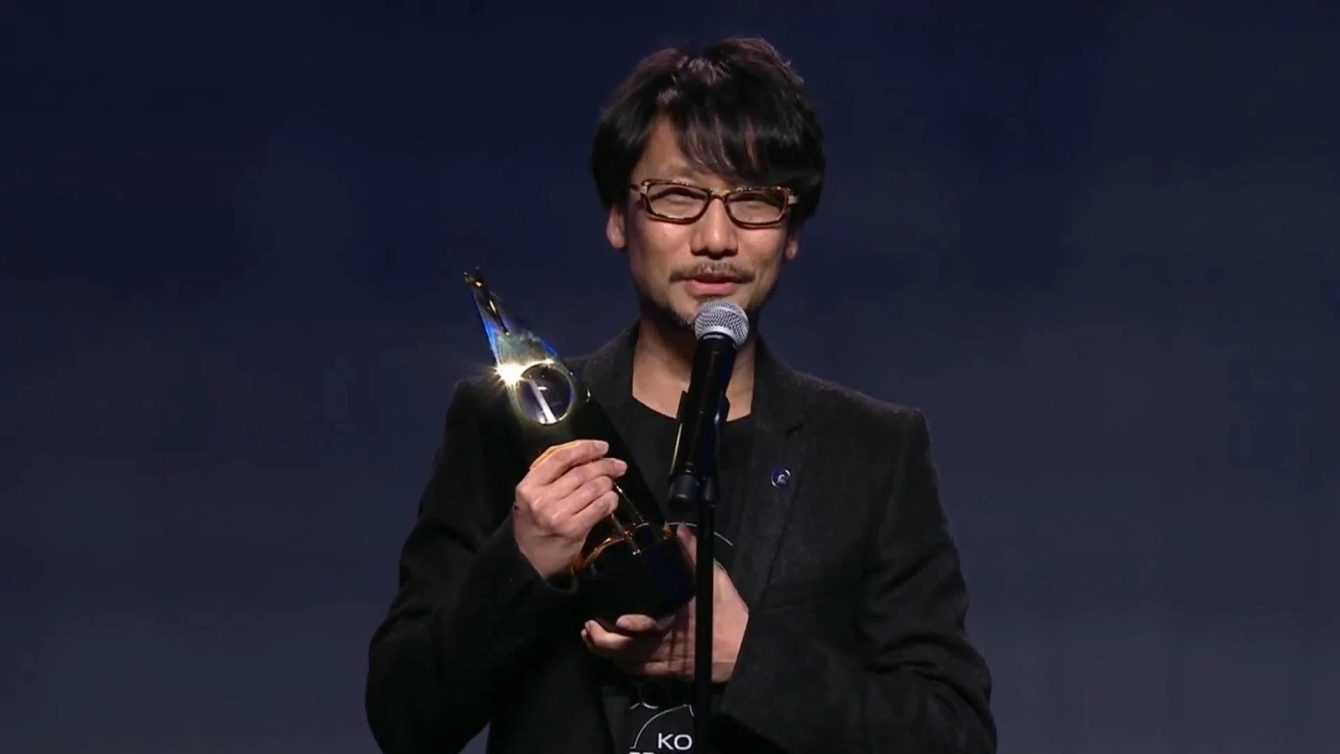
He himself said A school of game design with Hideo Kojima
It is very easy to make fans of the different approaches to game design of Hideo Kojima and Shigeru Miyamoto, but it must also be said that the former widely recognizes the merits of the latter. Specifically, his is the statement of 2010: “With the creation of Super Mario Bros., Shigeru Miyamoto has not only altered the future of the video game, but has actually changed the concept of ‘value’ for any form of entertainment. And in doing so, he changed my future, making me the game designer I am today. Super Mario Bros. is the equivalent of the Big Bang for our gaming universe. Were it not for this spectacular creation, we would not have digital entertainment as we know it today.” Why open with this violin, you want to know? Simply said: it is necessary to understand the diversity of backgrounds for each designer. Miyamoto, from pioneer, contributed to the dawn of video games; Kojima, iconoclastic innovatormade them evolve.
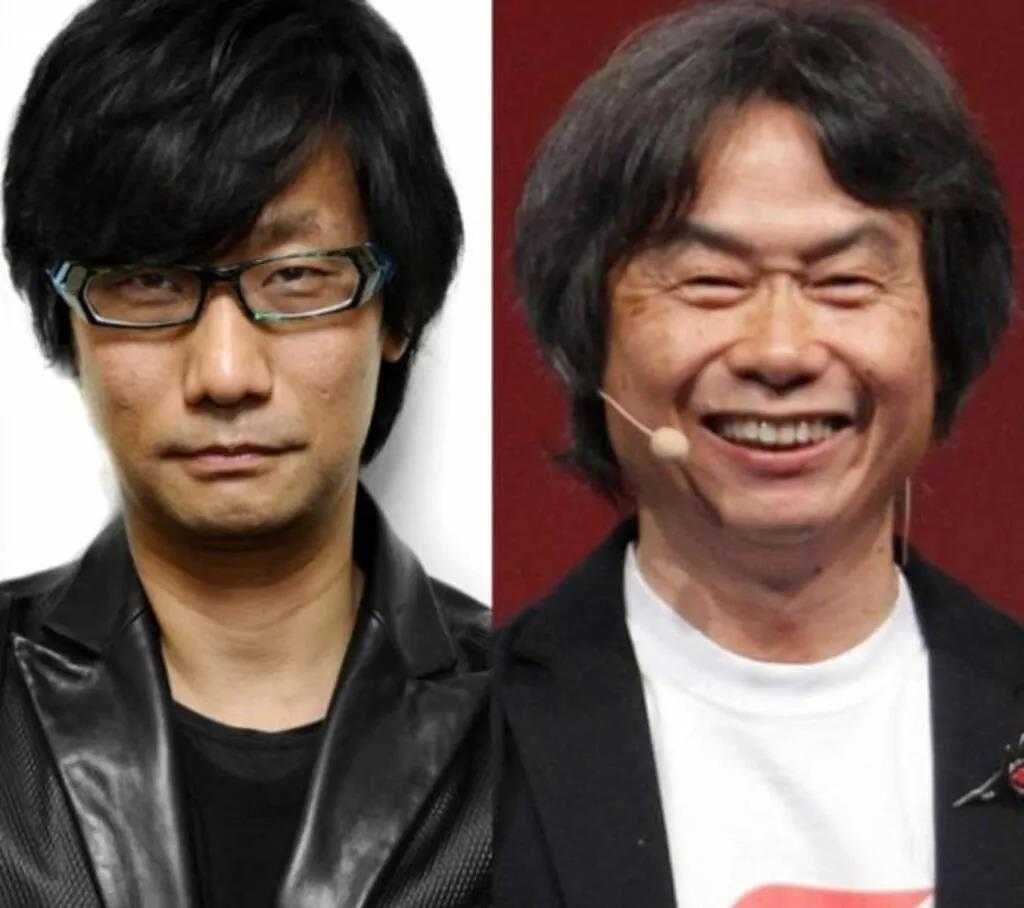
Story of a storyteller | Game design school with Hideo Kojima
Small biographical parenthesis. Hideo was born on August 24, 1963 as the third son of Kingo Kojima, a pharmacist of Setagaya (near Tokyo). Curiosity: his father chose the child’s name as the most common among his colleagues. At the age of four, he and his family moved to Osaka. According to him, that’s when he decided to spend most of his time at home, getting educated on Western films. Parents imposed a rule: he doesn’t go to bed before the end of the film. Without constraints to genres, moreover! He falls in love with directing when a friend brings a Super 8 to school, then charges classmates 50 yen to watch the footage. One day he charges his parents for a trip to an island without telling them his intentions. And in the best of holiday traditions, work gave way to swimming until the very last day. The plot at that point centered around zombies, but the parents never saw the completed film.
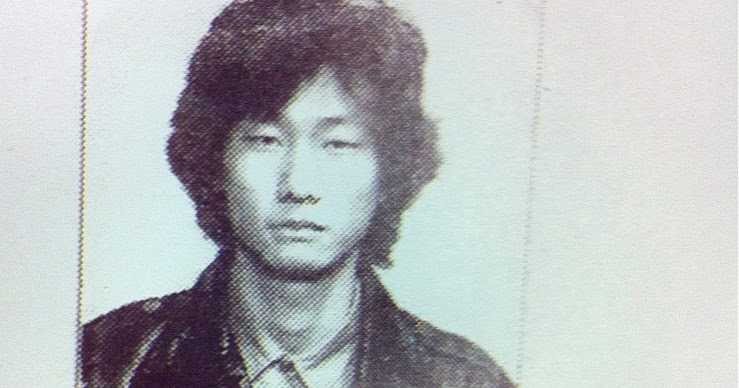
Pains and joys | Game design school with Hideo Kojima
At thirteen, after the second move to Kawanishi in the Kansai region, Kojima has lost his father. A mourning, this, whose impact (emotional and economic) has been told by the game designer in the most recent interviews. After enrolling in university to study economics, he suddenly decided to join the gaming industry, never abandoning the narrative verve (including a story in his thesis). In reality, his real goal has always been cinema, but not finding work as a director he had to “settle” for a role of game designer (about which he lied to his friends) when the term did not yet exist in Japan. It was to give him work Konamifor some games scheduled on MSX. He would have preferred to focus on the Famicom (from us NES) for the greater range of colors. We would talk about apprenticeship, but the first role was how assistant director per Penguin Adventure, sequel to Antarctic Adventure with action game elements, RPG elements and… multiple endings. The basics were all there already.
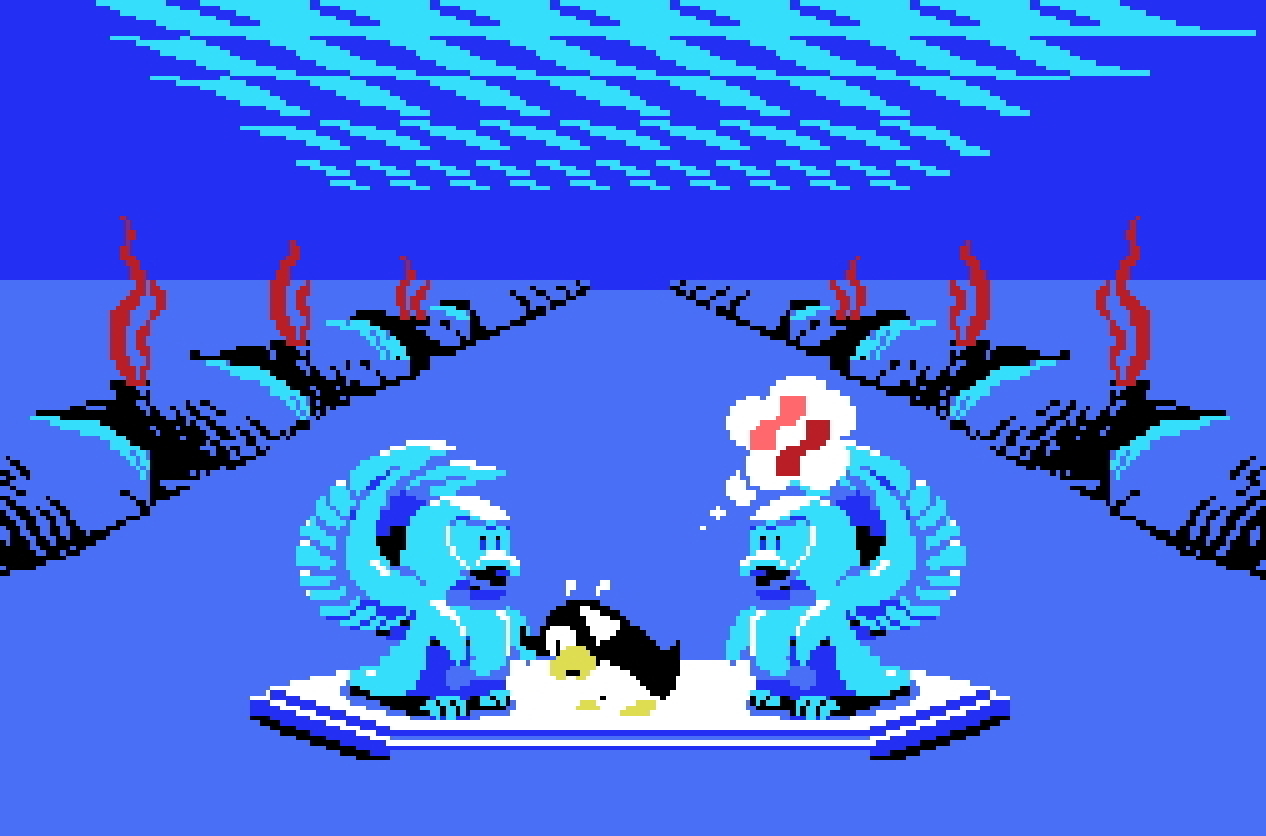
Hide and Seek with Destiny | Game design school with Hideo Kojima
When Kojima was put in charge of the project Metal Gear, without “Solid” for the moment, found himself with a big fish to fry: the preference for the NES had not only to do with the number of colors, but also with the amount of enemies on screen. The compromise was easy to find: be inspired by the film The Great Escape with Steve McQueen and force Snake into hiding. Kojima’s boss reacted with a forward-looking “Hiding from enemies? But it’s not a game!”, and it is known that the pits are full of hindsight. The character of Snake is inspired by the anti-hero Jena Plissken, played by Kurt Russell (Ego in Guardians of the Galaxy Vol. 2) in Escape from New York. The game would later be so successful in the NES port that it led Konami to develop it themselves Snake’s Revengewhich is why Kojima (once he learned of this sequel during a train ride from a colleague who was working on it) opened the construction site for Metal Gear 2: Solid Snake. In short, what happened with The Phantom Pain in recent years has precedents!
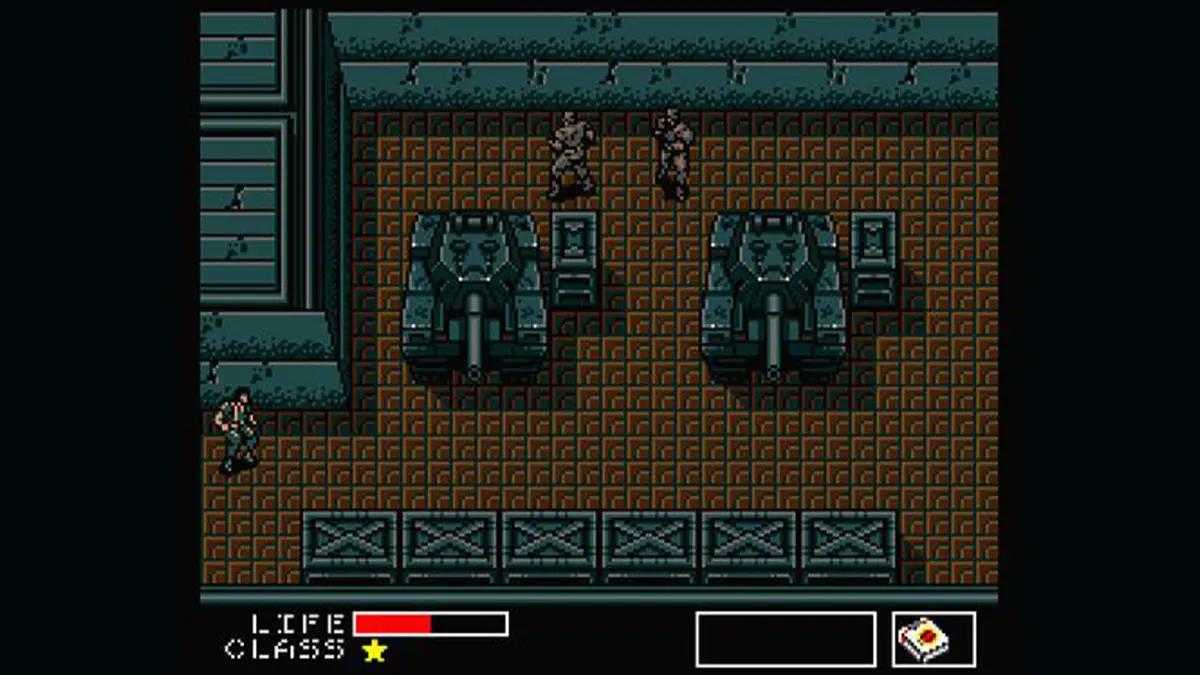
Snatchers | Game design school with Hideo Kojima
Let’s briefly review the other two Kojima projects. The second project immediately after the first Metal Gear was Snatcher, for NEC PC-8801 and MSX2. First project entirely conceived by Kojima, it is a graphic adventure with visual novel elements, which should have had six chapters before Konami’s veto to bring them down to two. For this reason, the cyberpunk title with an almost open world design ended on a cliffhanger (pending ending). The game received a remake in 1990 called SD Snatcher, revisited as an RPG with a super deformed character design (SD, in fact). The battle system, in which you target specific enemy body parts, would return in Square-Enix’s Vagrant Story and in Fallout 3.
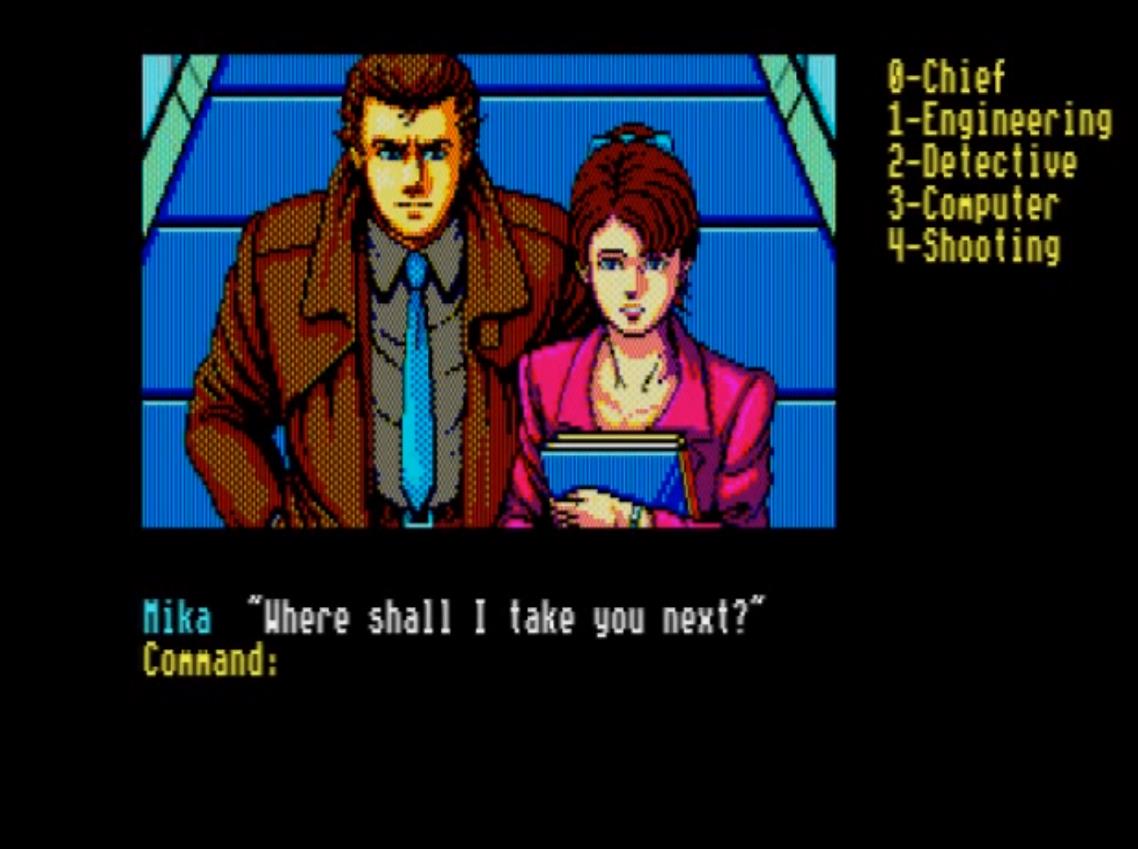
Policenauts | Game design school with Hideo Kojima
During the development of Snatcher, Kojima vented his frustration in the lack of creative control with the graphic adventure Policenauts, straddling noir and science fiction, as well as the concern for the nippophobia of the film Rising Sun. In retrospectives dedicated to the game after, many have praised the visible imprint of Kojima. Again, in fact, it is mainly the story that dominates, set in the “far future” of 2013. Los Angeles policeman Jonathan Ingram finds himself in a state of hypersleep following the eponymous Policenauts space training project. In 2040, Jonathan becomes a private detective, and a meeting with his ex-wife Lorraine leads him to discover the murky side of the law. It all translates as a interactive moviewith some first-person action here and there.
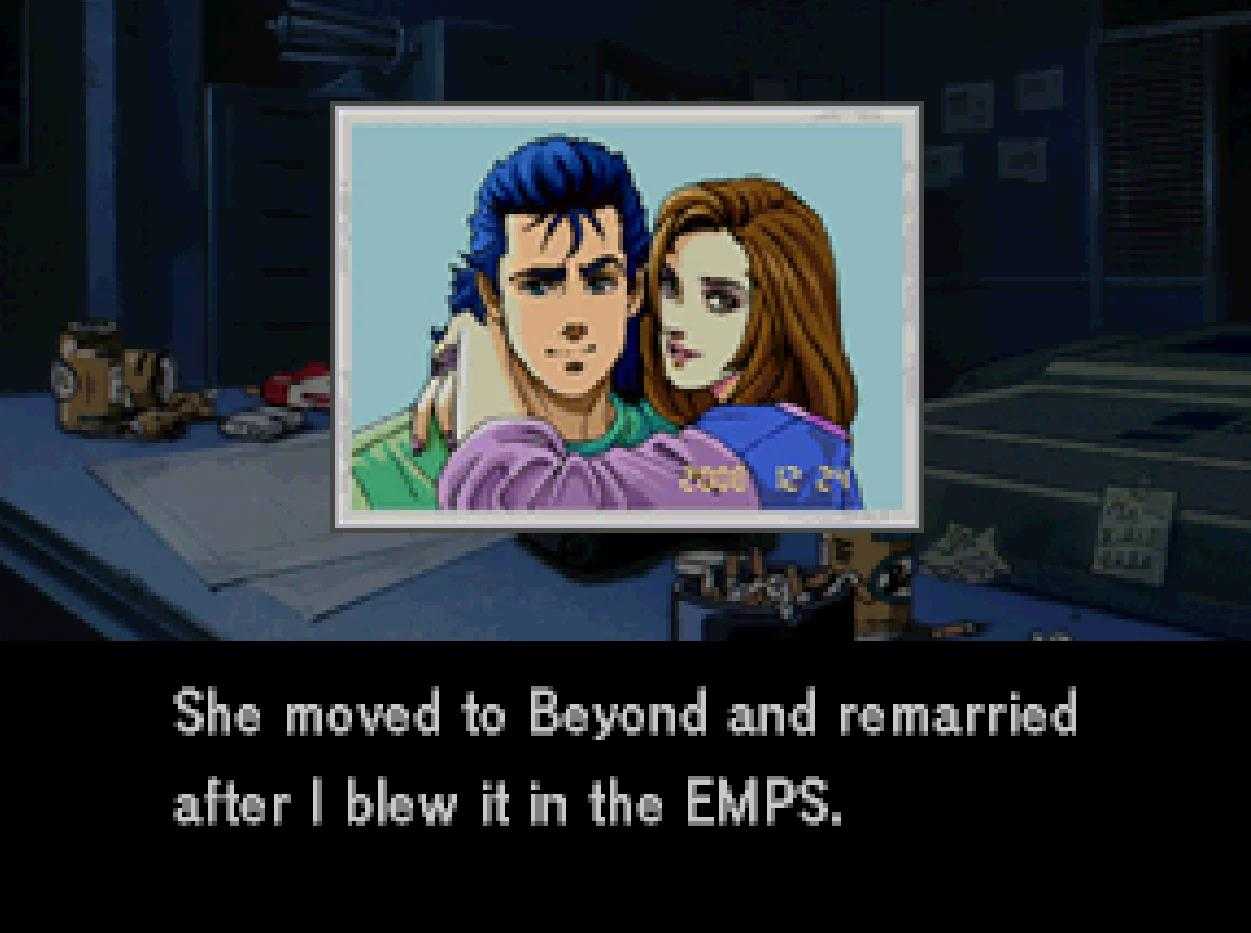
Metal Gear Money, er, Solid | Game design school with Hideo Kojima
There is not much to tell about the mainstream success that PlayStation has brought to some series, as happened for Final Fantasy with VII and, in the case of Metal Gearwith the episode Solid. The game was actually supposed to be released on 3DO (the same platform on which a pre-Crash Bandicoot Naughty Dog released Way of the Warrior), but after the death of the console, development migrated to PS1. Following the success of the title, people started to recognize Kojima on the street, to the surprise of the game designer. Despite this, the subversive verve with which the latter approaches videogame canons has collided with the expectations of the fans for the sequel. In fact, the Hollywood resolution of the first chapter did not exist, in favor of a confusing narrative labyrinth at the end of Sons of Liberty.
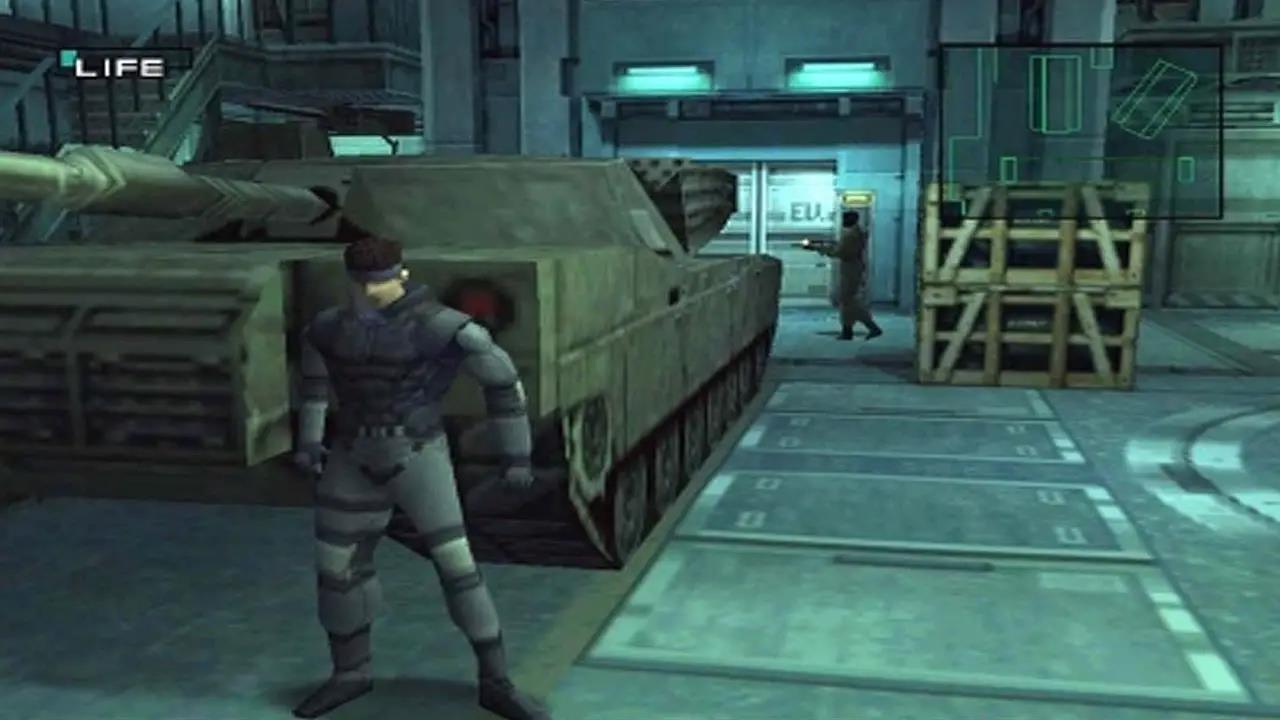
The after-Snake | Game design school with Hideo Kojima
“If the player isn’t tricked into believing the setting is real, there’s no point in making the game.” The haunting realism of Kojima’s games transcends the power of hardware, as seen in the duology Boktai on Game Boy Advance. In the first chapter, The Sun is in Your Handthe protagonist goes on a hunt for vampires with a weapon powered… by photometric sensor on the game cartridge. The same ploy was implemented in the sequel, Solar Boy Django. The gimmick of gameplay, however original, was partially shelved, but the third episode Lunar Knights (on the Nintendo DS, hence “duology”) allowed it to be used via the GBA’s secondary cartridge slot. A more successful experiment than the multimedia project Zone of the Endersbut given the success of subsequent projects, not even the break with Konami kept him in check.
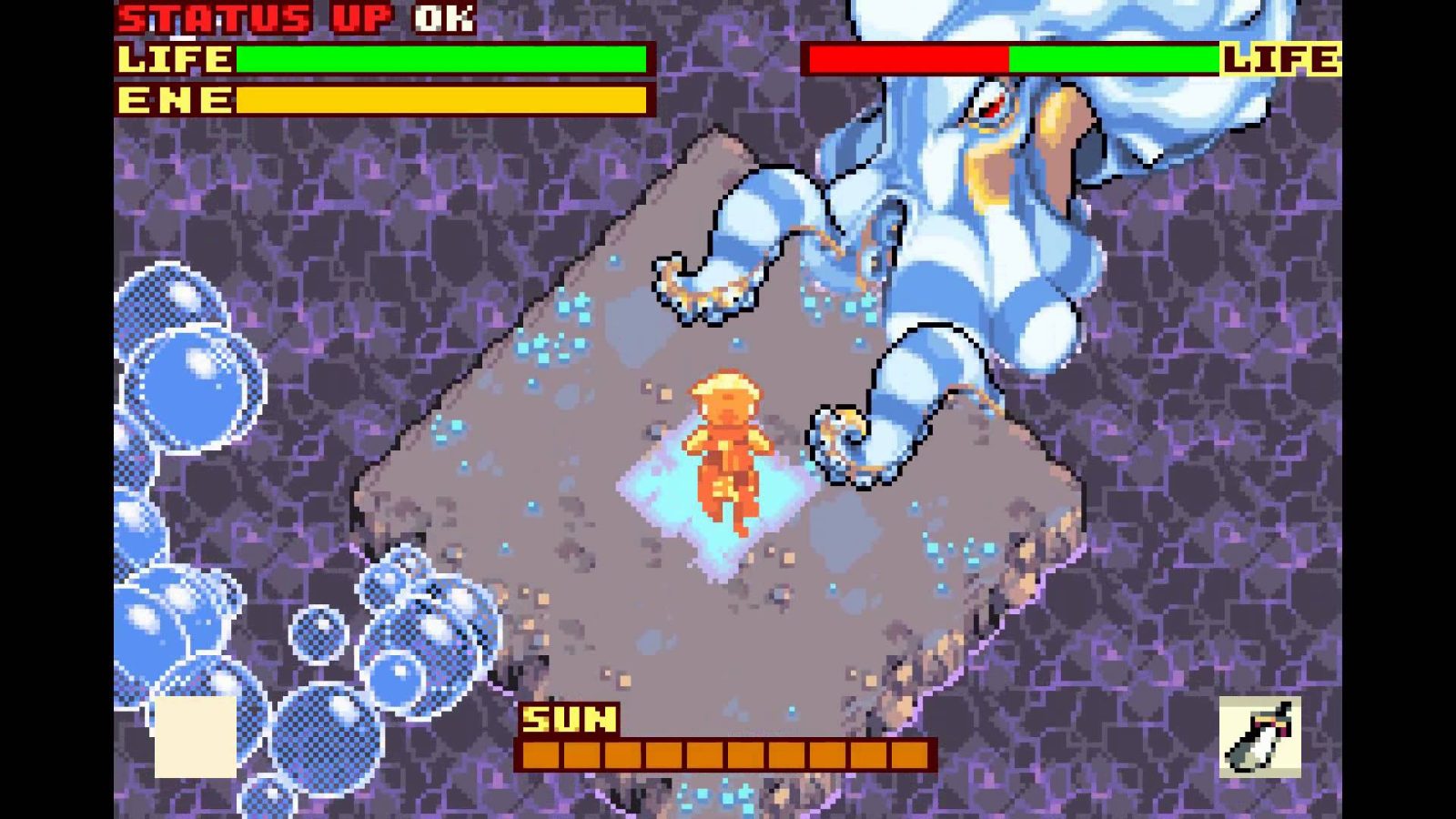
Miyamonamour | Game design school with Hideo Kojima
A small parenthesis on the relationship with Nintendo. As of this writing, the only remake in existence for the first Metal Gear Solid is on the GameCube, with the subtitle The Twin Snakes. By now copies have fetched insane amounts on eBay, perhaps a testament to how special the project was. Among the changes, we point out the various cameos of Mario and company as ornaments, as well as the analysis of the memory card by Psycho Mantis: “So you like playing Super Smash Bros. Melee?” And speaking of Smash, Kojima loves playing the series with his son: which is why, according to Masahiro Sakurai (That birthday today, so congratulations!), the latter was “begged” to include Snake in Melee, however, when the game was almost complete. For this, Sakurai contacted Kojima again during the development of Brawl, giving him as well White paper for the Shadow Moses Island arena. With spoilers for Guns of the Patriots in the background, Kojima basically hid an ad for his game in one of Wii’s killer apps. Which says it all about the importance of both game designers in the industry!
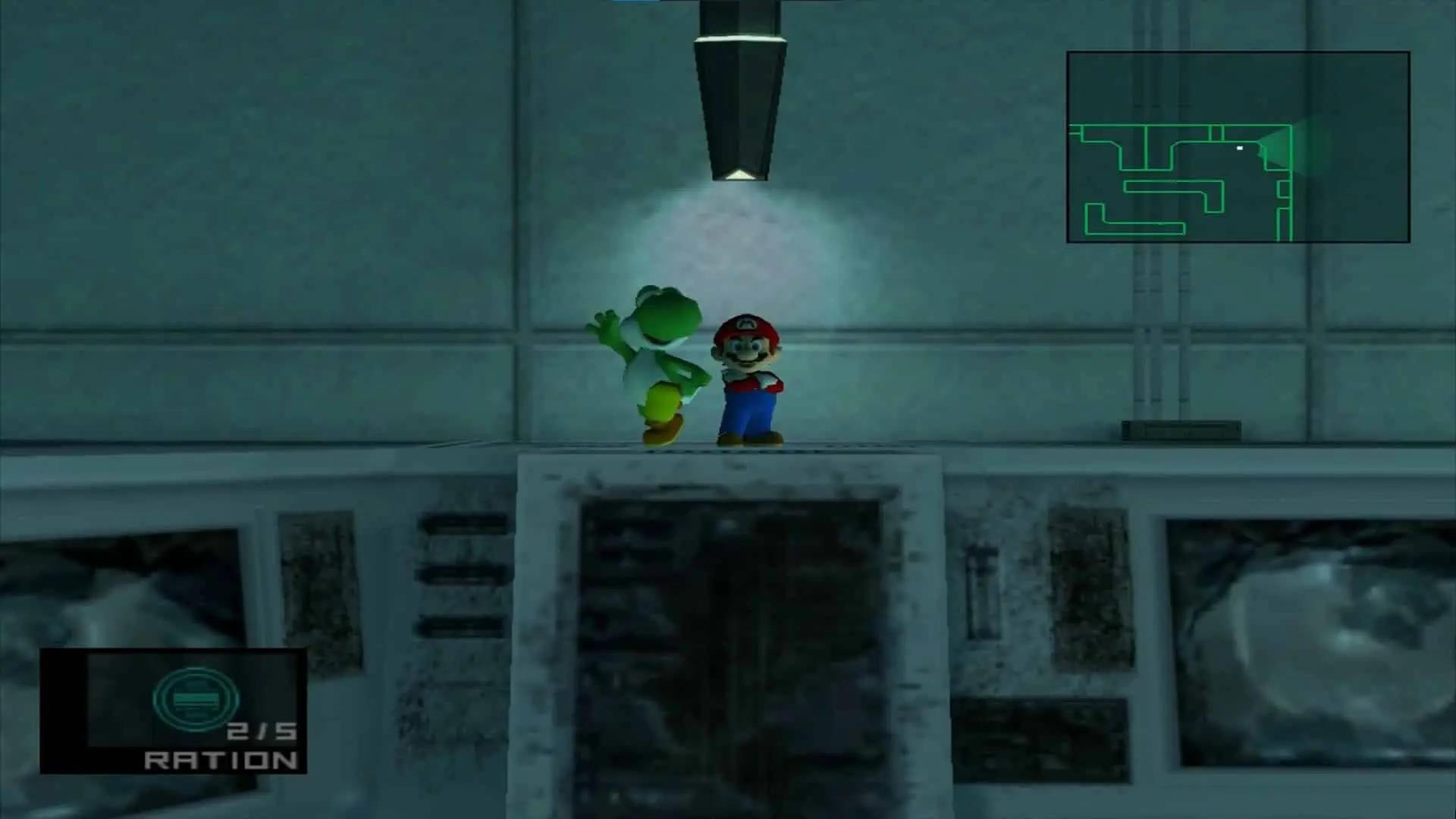
What a break | Game design school with Hideo Kojima
Arrived at breaking point between Kojima and Konami we can only roughly summarize everything, even if at this point in the story we at tuttotek “were already there”. Coinciding with the release of Ground Zeroesprequel to The Phantom Pain, Kojima was working on Silent HillsSilent Hill reboot developed with Guillermo del Toro. Of the project, at least on the PS4 on which it is still installed, only remains P.T., or the “playable teaser” (Playable Teaser, in fact). After receiving the order from Konami not to publicly collect the prize for The Phantom Pain (below) at The Game Awards, game designers and publishers went their separate ways. Sony was quick to seize the opportunity, and the first work of this new goose that lays the golden eggs turned out to be Death Stranding.
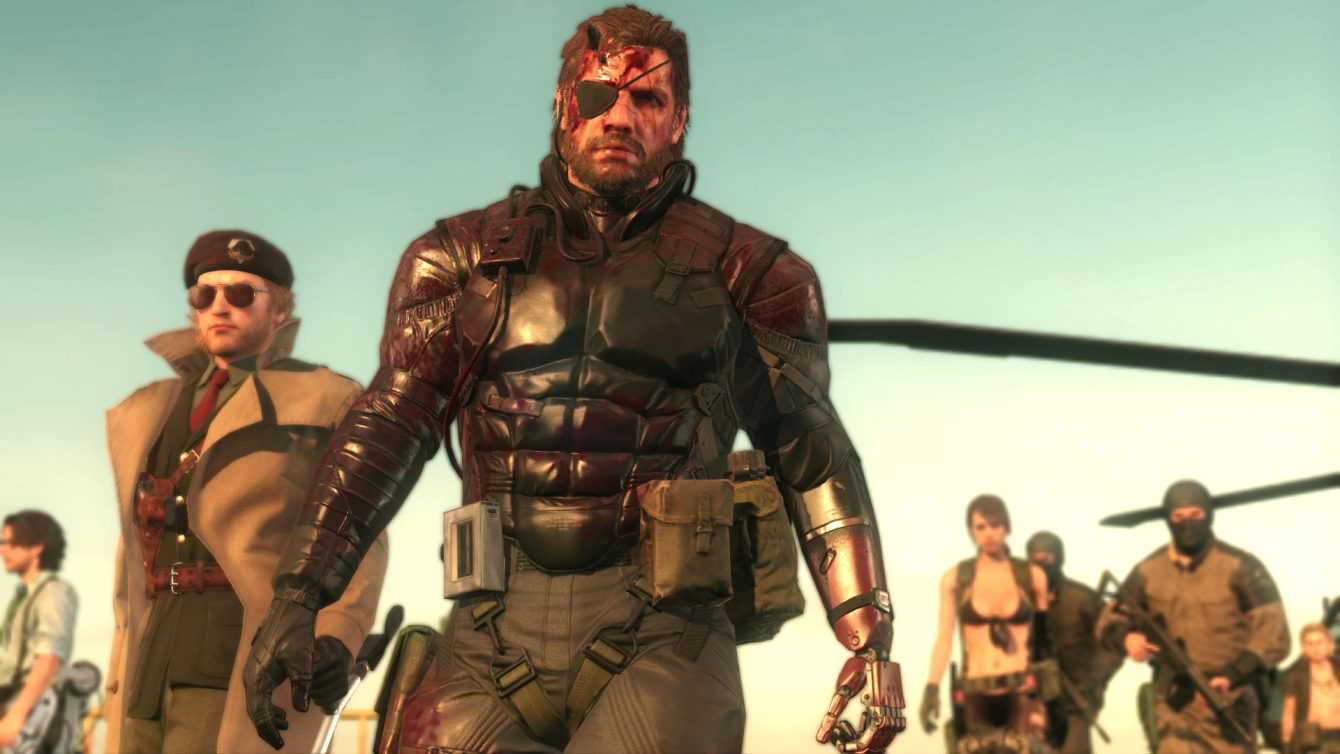
Visions seen by a visionary | Game design school with Hideo Kojima
Beyond Super Mario Bros.for Hideo Kojima another inspiration behind the entry into the gaming industry was The Portopia Serial Murder Case, 1983 title edited by Yuji Horii (Dragon Quest). As playable yellow, TPSMC was an empty net goal for Kojima: “There was the mystery, a 3D dungeon, a real background and a believable motive. That’s why there was drama. Finding this game, in my…






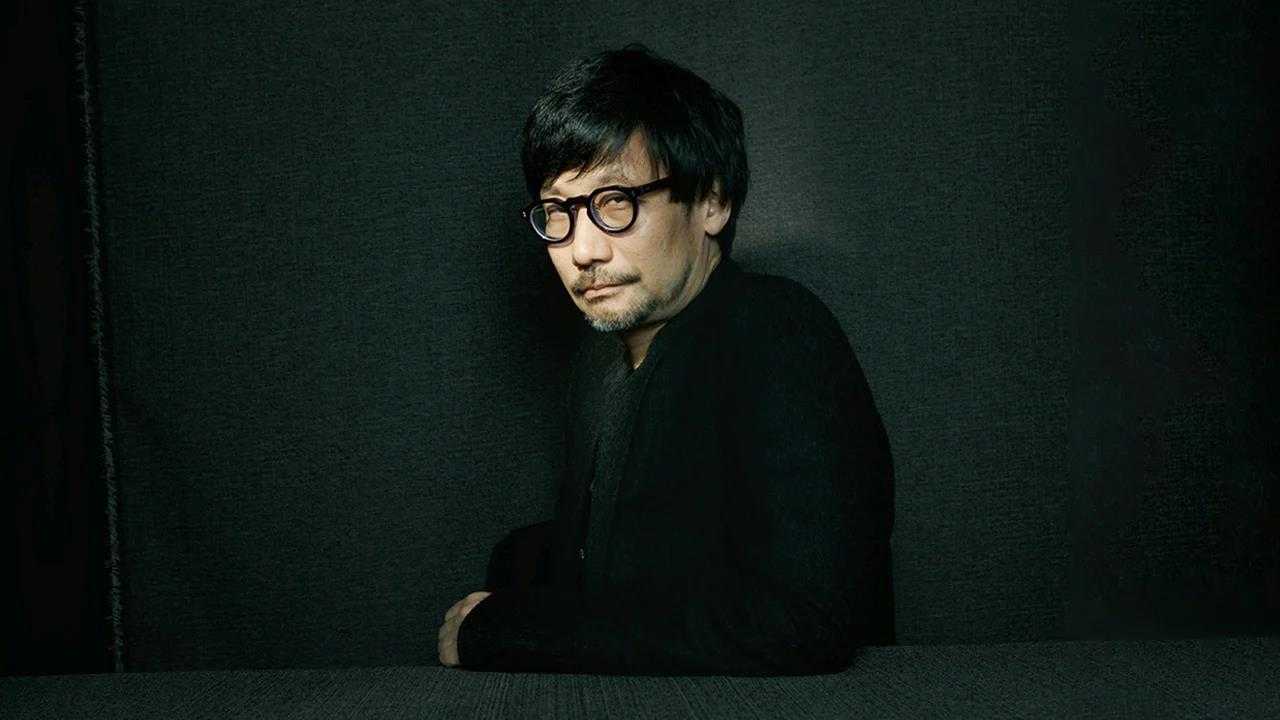






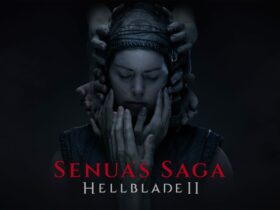
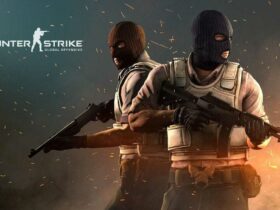
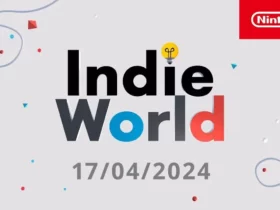
Leave a Reply
View Comments